Food
Listen and Repeat

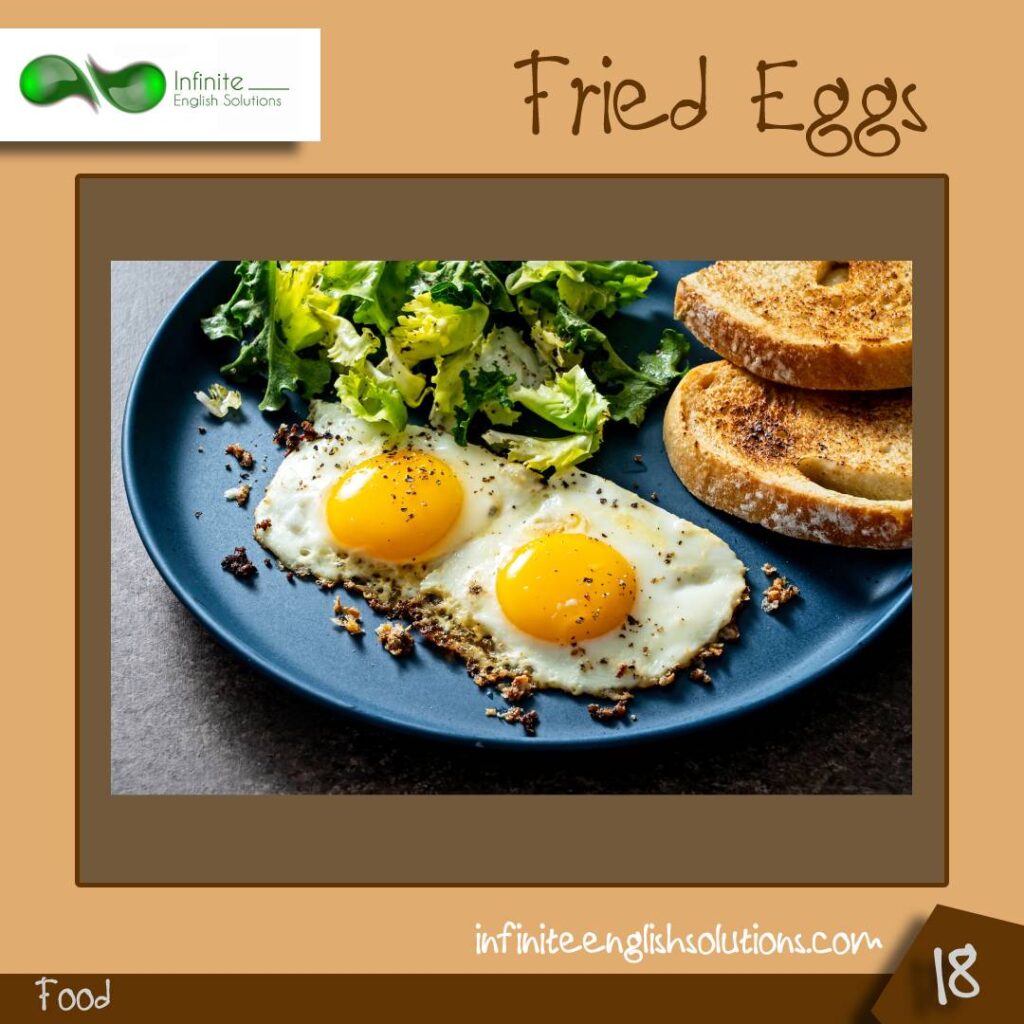




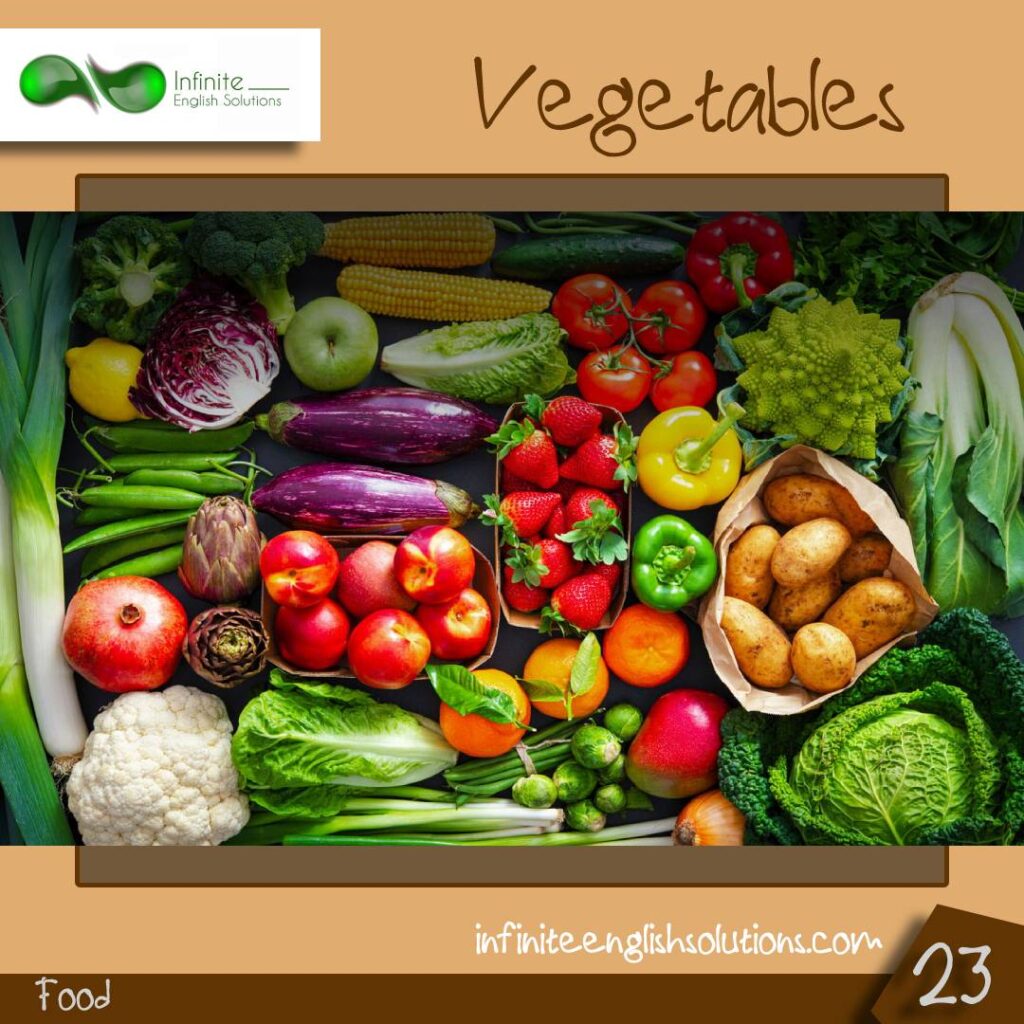

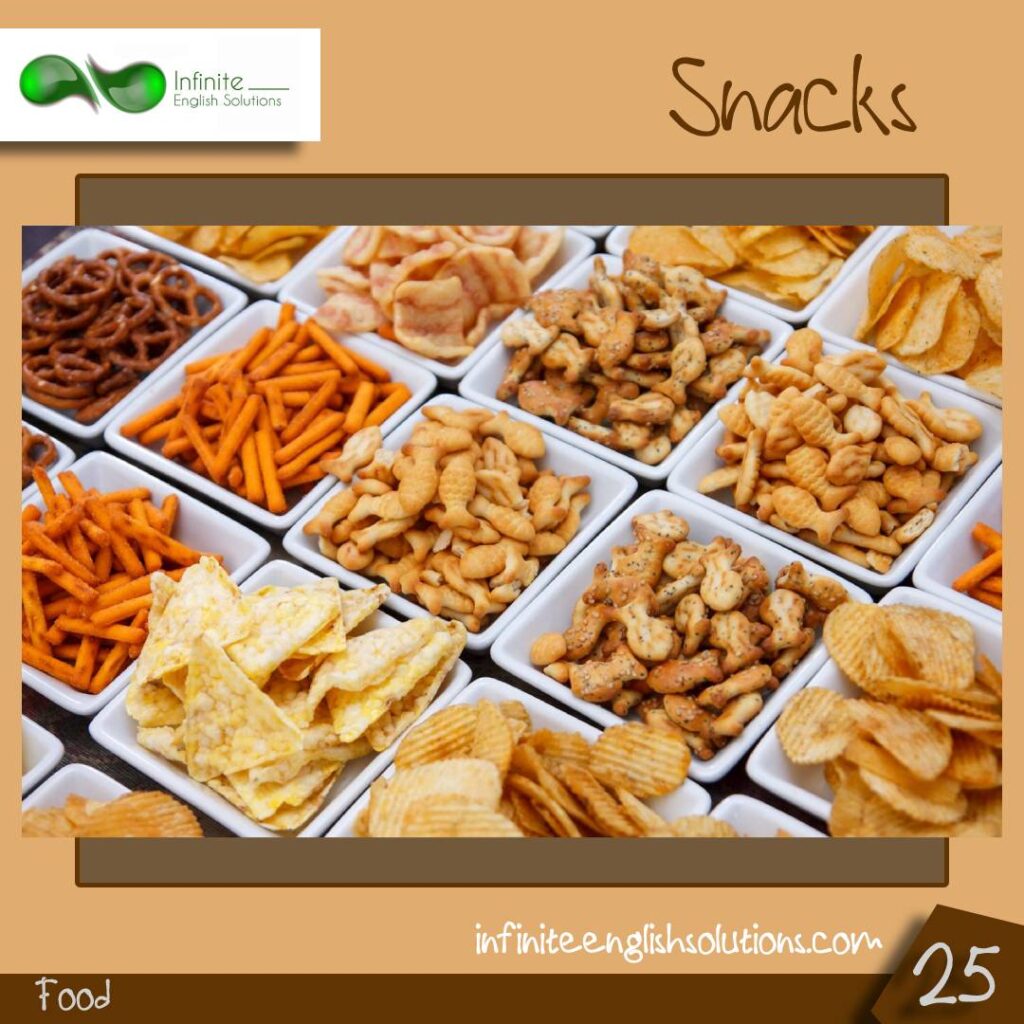
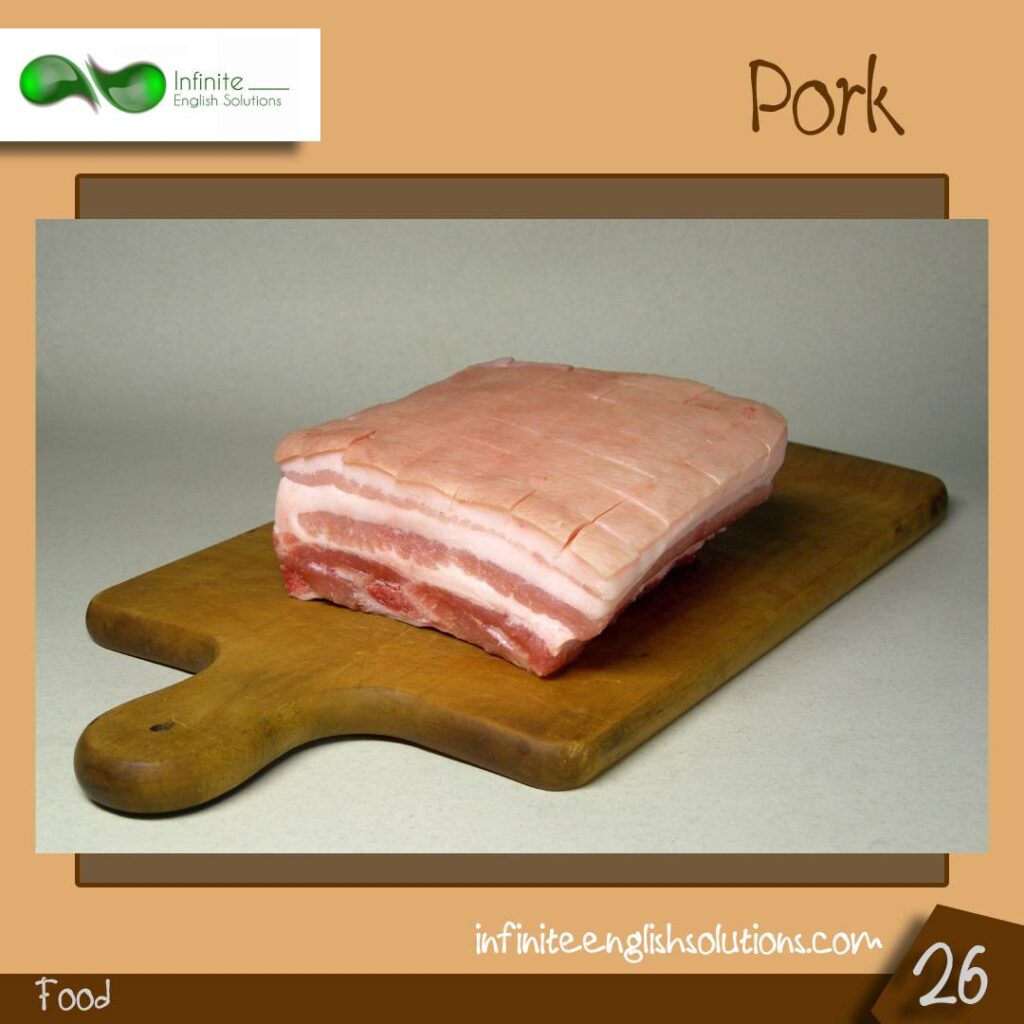

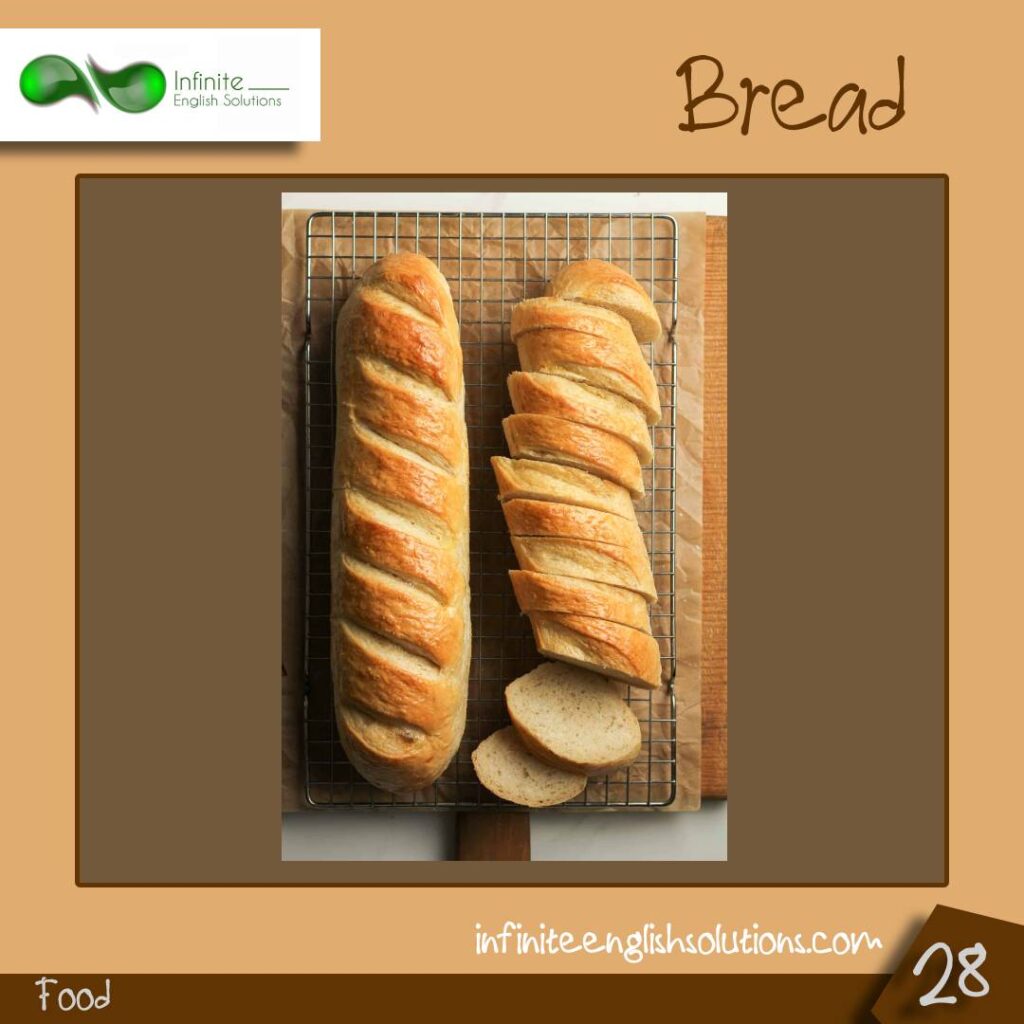
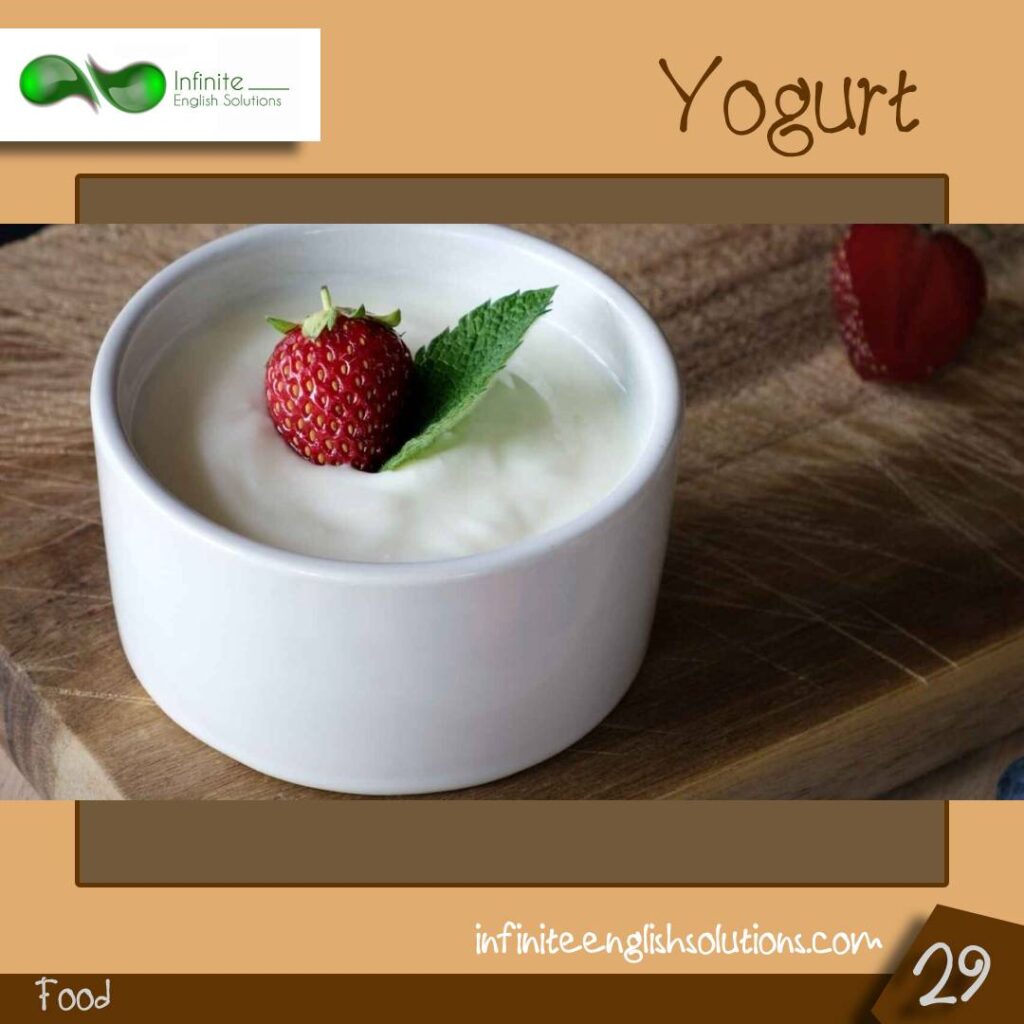

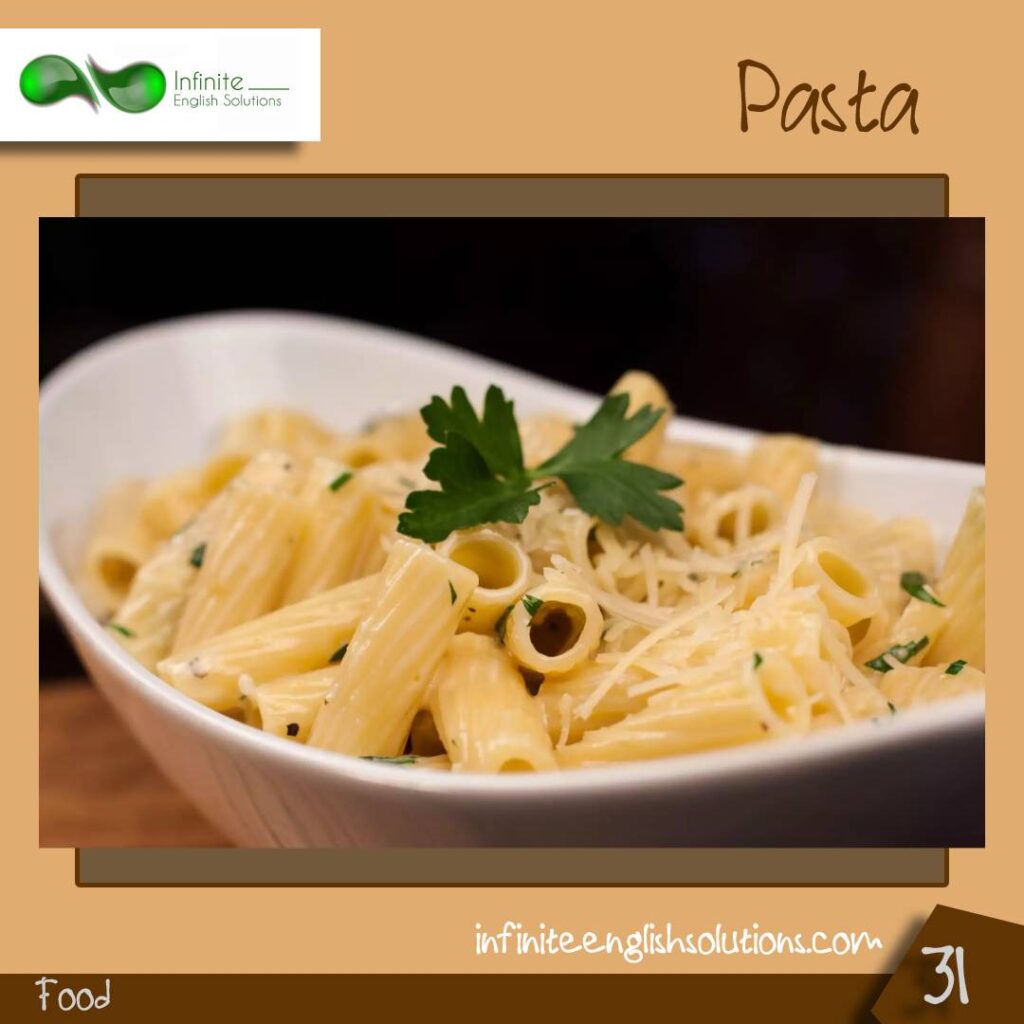
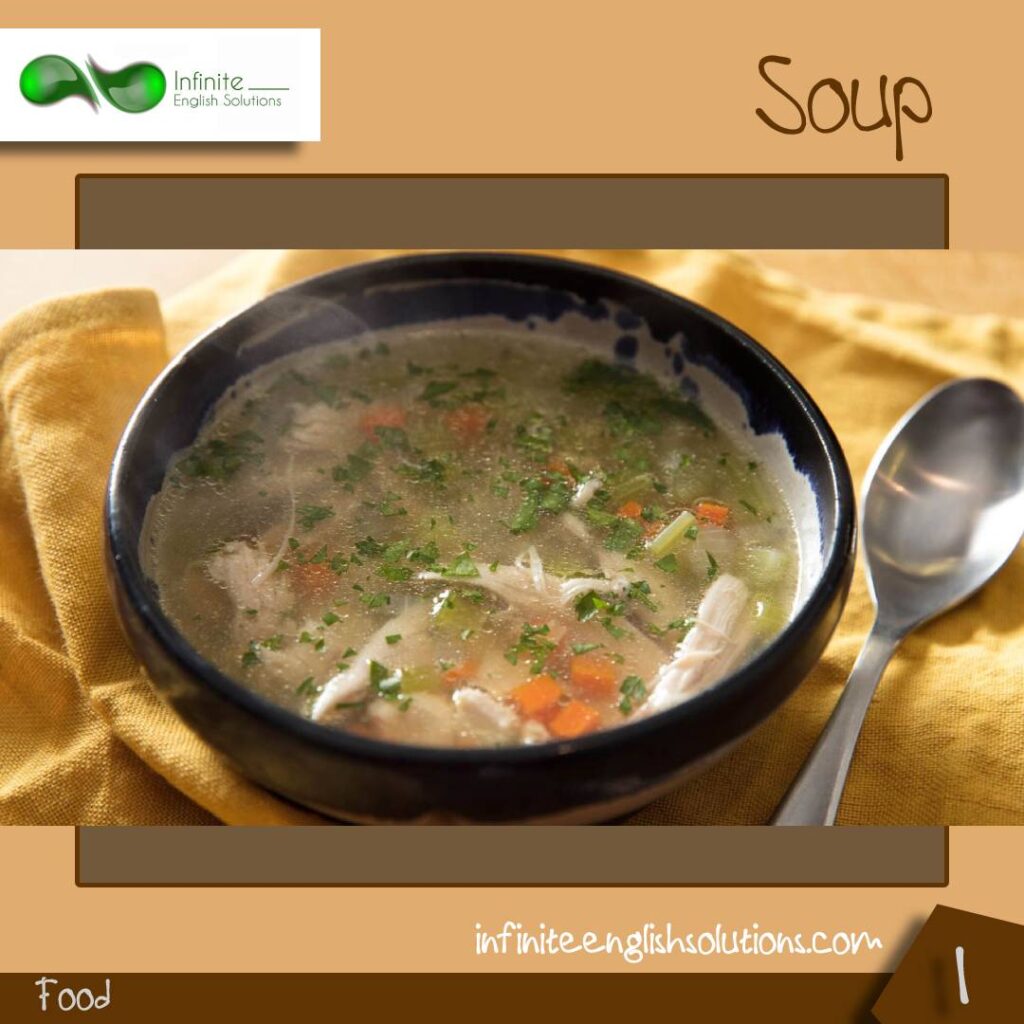




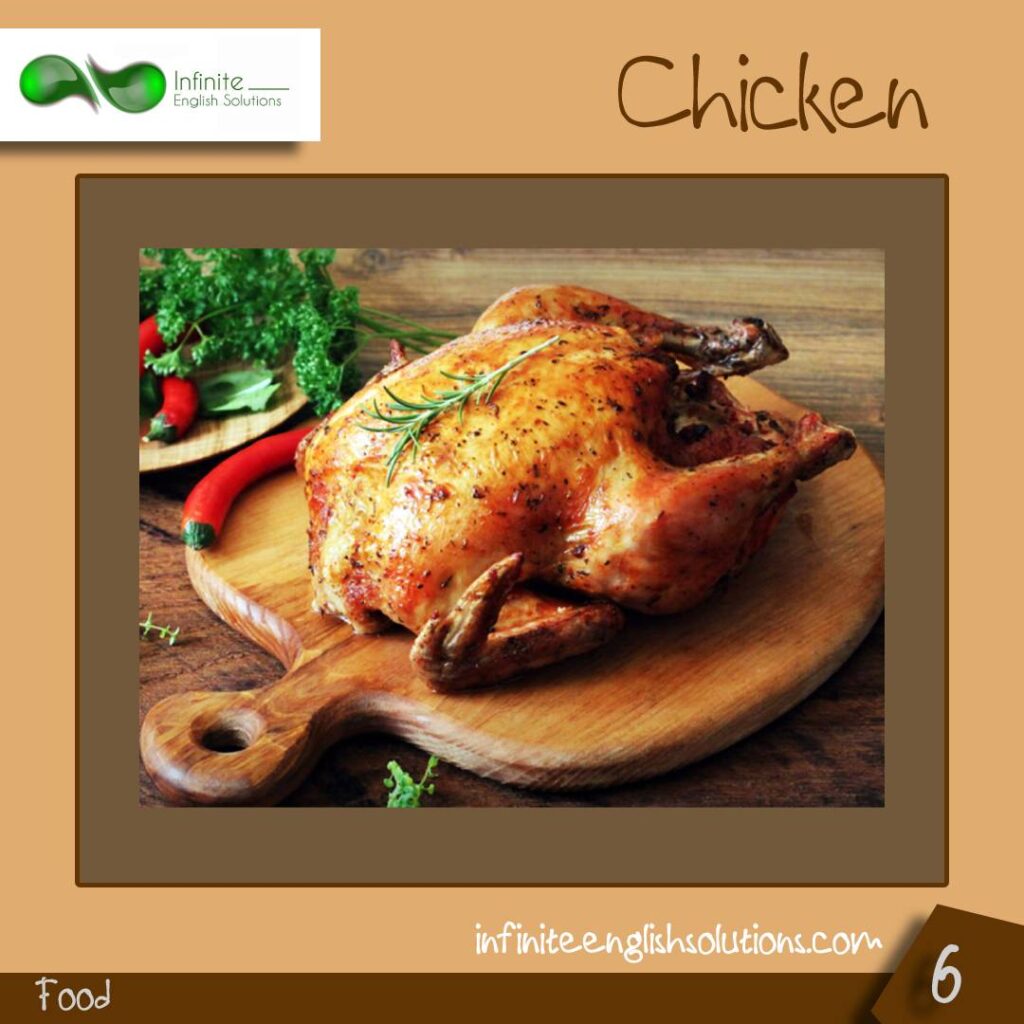



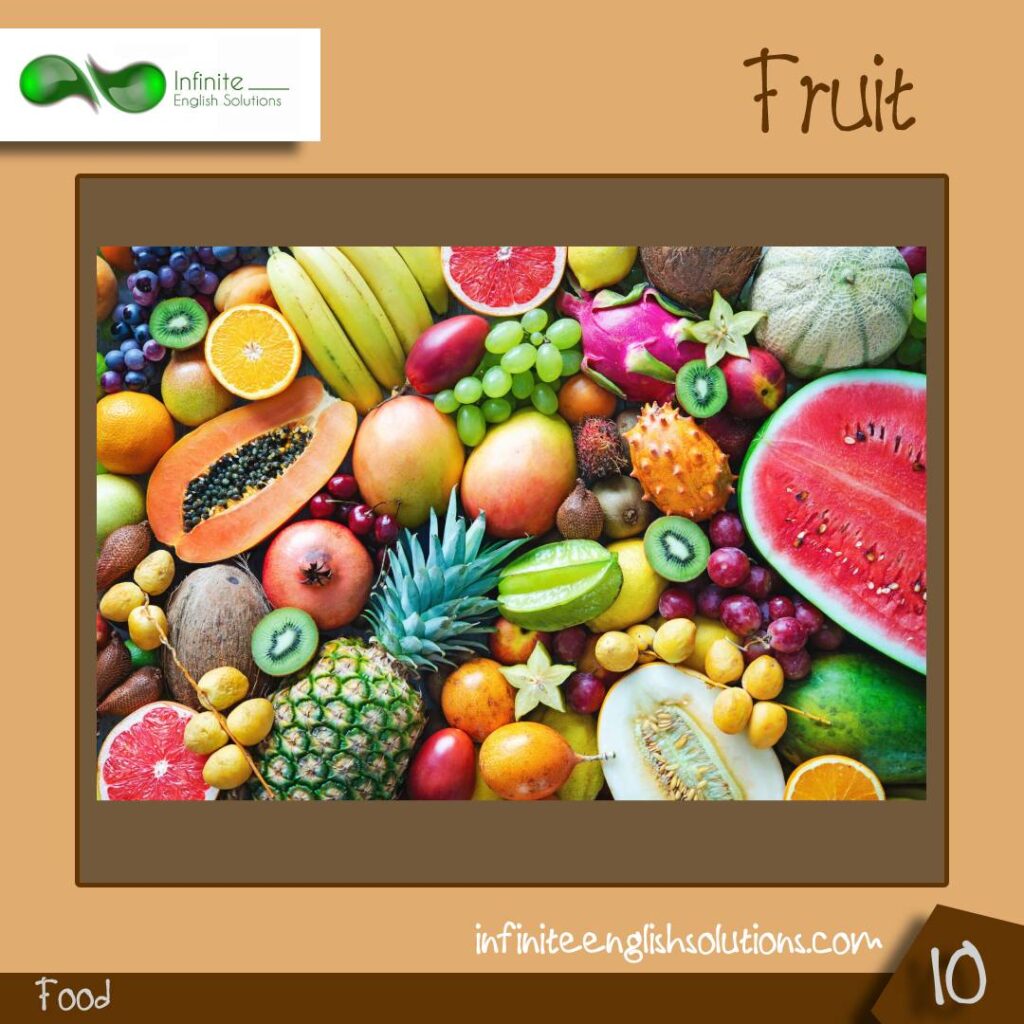
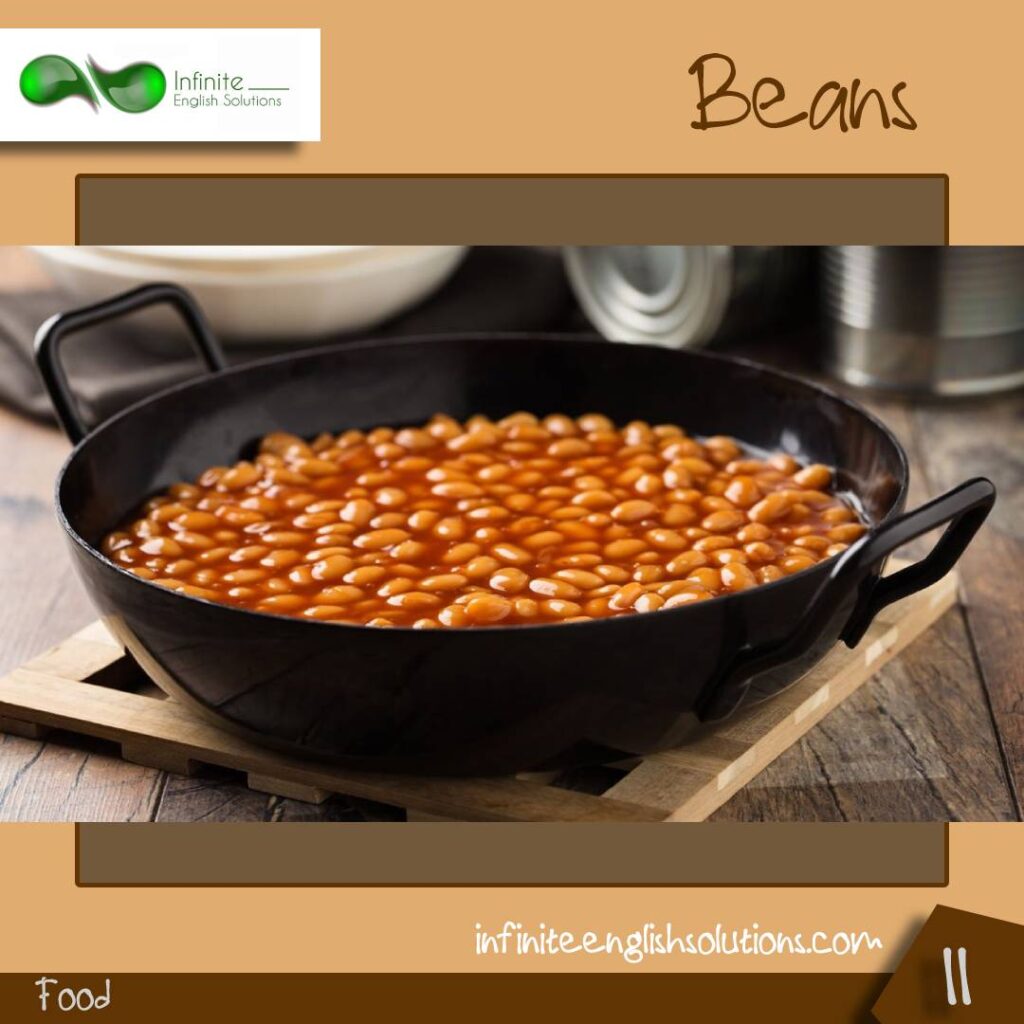



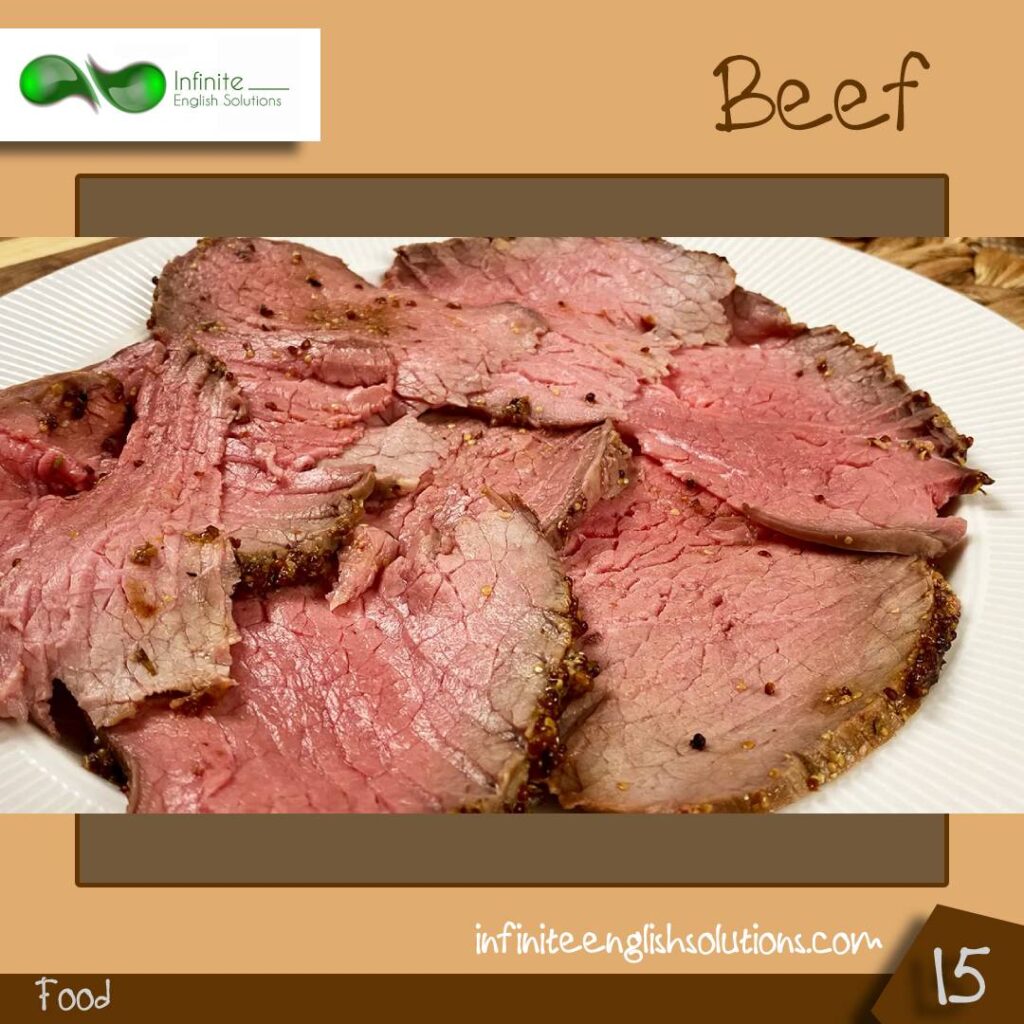
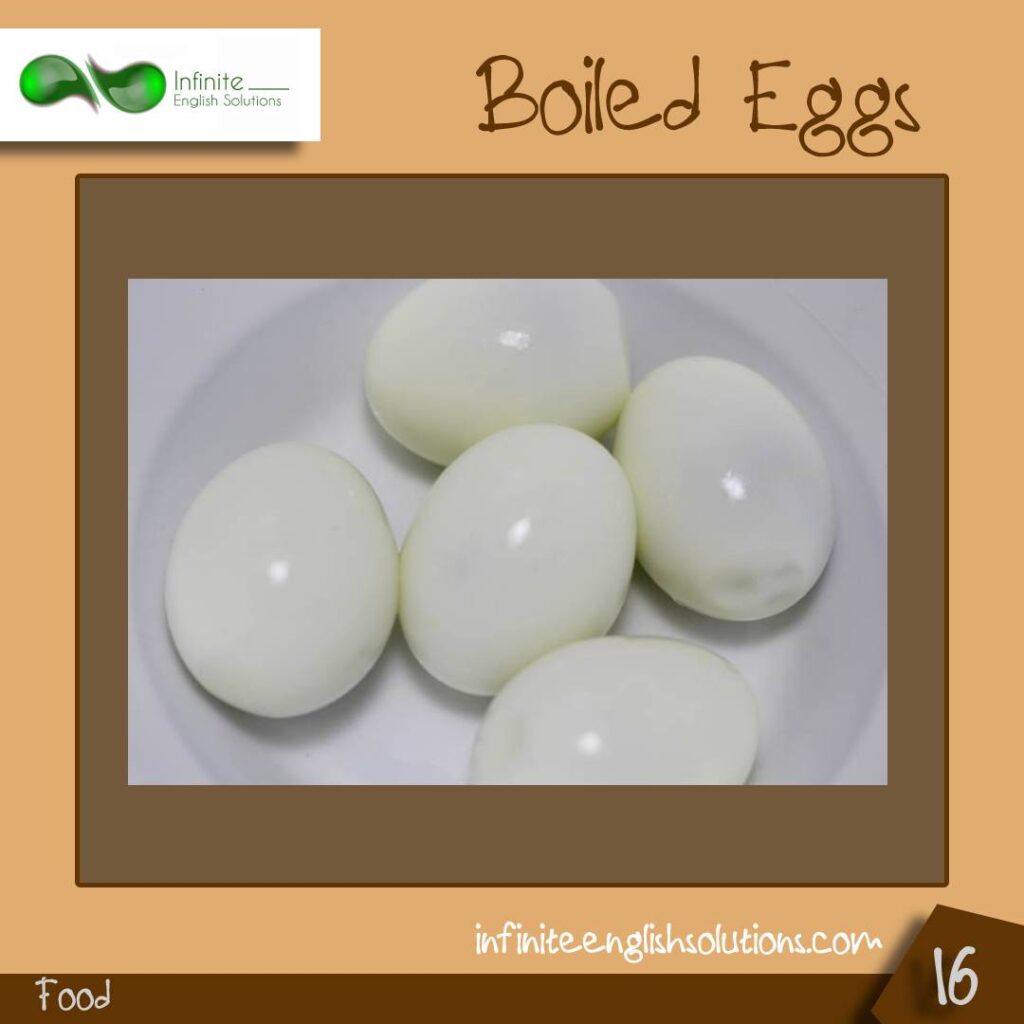
Click here for Vegetables
Go here for Fruits
At Breakfast:
- A: What are you eating?
- B: I am eating cereal with milk.
- A: Sounds good! I am drinking orange juice.
Preparing Lunch:
- A: What is she doing in the kitchen?
- B: She is making sandwiches for lunch.
- A: Are you putting cheese on them?
In a Café:
- A: What is he ordering?
- B: He is ordering a pizza.
- A: I am having a salad.
At a Picnic:
- A: What are they doing under the tree?
- B: They are having a picnic.
- A: Are they eating sandwiches?
Cooking Dinner:
- A: What are you cooking for dinner?
- B: I am making spaghetti with tomato sauce.
- A: I am boiling water for pasta.
20 Minute Conversation About Food
Introduction to Topic (2-3 minutes)
- Warm-up Question: “What did you have for dinner last night? Did you like it?”
- Introduce Topic: “Today, we’re going to talk about our favorite foods, foods we don’t like, and typical meals in our country. It’s going to be deliciously fun!”
Exploring Favorite Foods (5 minutes)
- Question 1: What is your favorite food and why?
- Follow-up: How often do you eat it? Who makes it for you?
- Vocabulary Building: Introduce adjectives to describe food (delicious, sweet, spicy, sour, bitter).
Ways of answering: Why do you like it?
- Taste: “I like it because it tastes really good.”
- Comfort: “It makes me think of happy times.”
- Variety: “You can eat it in many ways, so I never get bored.”
- Cultural Significance: “It’s important in my culture.”
- Texture: “It feels nice when I eat it, like smooth or crunchy.”
- Health Benefits: “It’s good for my health and tastes nice.”
- Nostalgia: “It reminds me of when I was younger.”
- Exotic Flavors: “It has different tastes that I love.”
- Comforting Effect: “It makes me feel better when I’m sad.”
- Family Connection: “My family enjoys it together. It’s special for us.”
- Seasonal Availability: “It’s special because I can only eat it at certain times of the year.”
- Skill and Craftsmanship: “The way it’s made is interesting and cool.”
- Innovative Combinations: “It mixes things in a fun way.”
- Simplicity: “It’s simple but very good.”
- Social Aspect: “I like eating it with friends or family.”
Discussing Food Dislikes (5 minutes)
- Question 2: Is there a food that you really don’t like? What is it?
- Follow-up: Why don’t you like it? Is it the taste, texture, or something else?
- Activity: Create a simple “Yuck or Yum” game where you name foods, and she categorizes them into “Yuck” or “Yum” and explains her choice.
Learning about Typical Meals (5 minutes)
- Cultural Exchange: Share a brief description of a typical meal in your country, including when it’s eaten and what it includes.
- Question 3: “Can you tell me about a typical meal in your country? What makes it special?”
- Activity: Ask her to describe how to make her favorite dish or a typical dish from her country, practicing sequencing words (first, then, after that).
Expressing Preferences (3-4 minutes)
- Preference Practice: “Do you prefer sweet or salty foods? Why?”
- Scenario Question: “If you could eat only one food for the rest of your life, what would it be and why?”
- Closing: Summarize some of the foods discussed and express excitement to try them or learn more about them.
Extension Activities (Optional)
- Homework Assignment: Ask her to write a short paragraph about her favorite food or to prepare a simple recipe in English to discuss in the next class.
- Visual Aids: Use pictures of various foods to enhance vocabulary learning and stimulate discussion.

